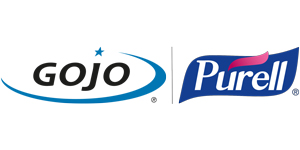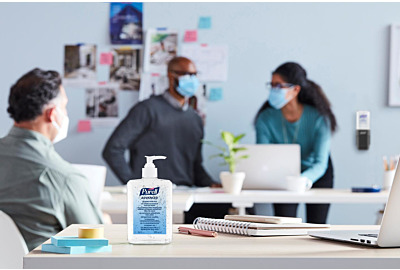Our hand hygiene products have undergone years of development and testing to create formulations which are easy and pleasant to use, whilst being highly effective. As a result, we’ve got plenty to talk about on our product labels. To make it easy for you to jump straight to the information that you need, we’ve pulled together this quick guide on understanding product labels, breaking down some of the most important things listed on our hygienic hand rubs and handwashes.
Active substance - what does this mean?
Hand sanitisers are designed to kill germs. The active substance is the ingredient that performs the germ-killing function, typically alcohol such as Ethyl Alcohol. The other ingredients contribute to the formulation, enhancing the active substance efficacy or making the product pleasing to use, moisturising, nice smelling, or unpleasant tasting (to discourage misuse).
You may have noticed that not all of our soaps list an active substance. The reason: many are designed to simply remove germs rather than killing them. However, if the soap claims to be antibacterial or antimicrobial, an active substance must be listed on the product label.
Soaps with an active substance, are especially important in food-processing industries to avoid food contamination. When choosing soap, think about where the product will be placed and how it will be used to determine the type of soap you require. For example, choose antimicrobial soaps for canteens and kitchens.
Norms and Standards - what to look for
European Norms (EN) indicate that products have been tested to certain tolerances and meet these European Standards. Here is an overview over the most important norms.
- EN 1500 - hygienic hand rubs that conform to this norm have been proven to be effective in killing bacteria.
- EN 1499 - handwashes that conform to this norm have also been proven effective in killing bacteria and can be called antimicrobial.
- EN 12791 - this refers to the bactericidal efficacy of surgical hand rubs. Products in areas where disinfection is medically necessary, such as healthcare environments, must meet this standard. The smaller the dose required, and the shorter contact time, the better.
- EN 13727, EN 1276 - these standards refer to the bactericidal efficacy of antibacterial hand hygiene products. You may find them on both soaps and sanitisers.
- EN 14476 - this product kills viruses.
Warning Labels - what do they mean?
Some products have icons to warn of particular hazards associated with their storage or usage. Knowing what these labels mean will help you to ensure a safe and hygienic environment.
Some of the most common warnings are:
- Flammable: this warning indicates that the product is flammable and should be stored and handled carefully, avoiding contact with heat sources. Alcohol-based hand sanitisers include high quantities of alcohol and should carry this icon.
- Hazardous: this product may present a number of hazards if used incorrectly or by people with certain sensitivities. These hazards could include toxicity, skin irritation or sensitisation, eye irritation etc.













